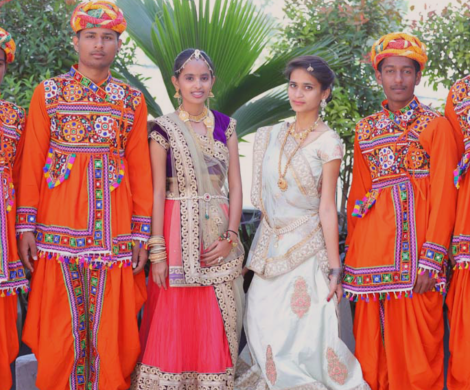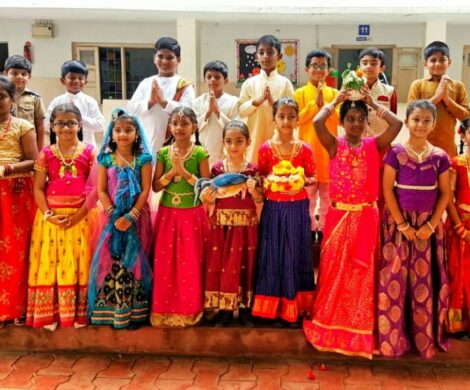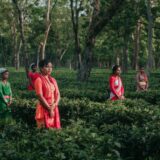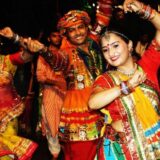Bihari Traditional Dress: A Glimpse into the Rich Attire of Bihar

The traditional attire of a region not only serves as a mode of clothing but also encapsulates the essence of its culture, history, and identity. In the northern Indian state of Bihar, the traditional dress carries with it a legacy that spans centuries and reflects the dynamic social and cultural tapestry of the region. From the rural landscapes to urban centers, the people of Bihar take pride in their distinctive clothing that showcases their roots, beliefs, and aesthetics.
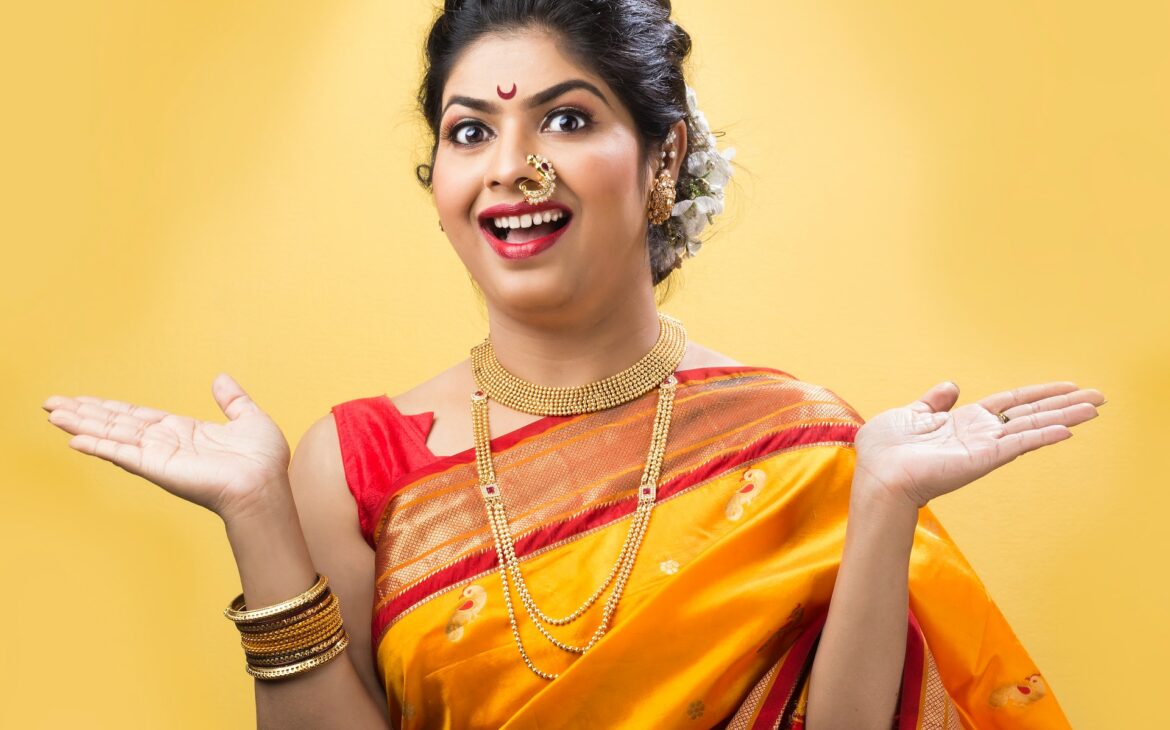
The Sari: Elegance Draped in Tradition
Among the diverse traditional clothing styles of Bihar, the sari stands as an epitome of elegance and grace. Known locally as ‘paitani’ or ‘seedha-palla,’ the Bihari sari is a six to nine-yard wonder that has adorned women for generations. What sets it apart is not just its exquisite handwoven fabric, but the way it’s draped. The pallu (loose end) of the sari is draped in the front, which is a unique feature distinguishing it from other regional styles. The sari is often paired with a blouse and accessorized with traditional jewelry, adding to its charm.
Kurtas and Dhotis: The Men’s Traditional Ensemble
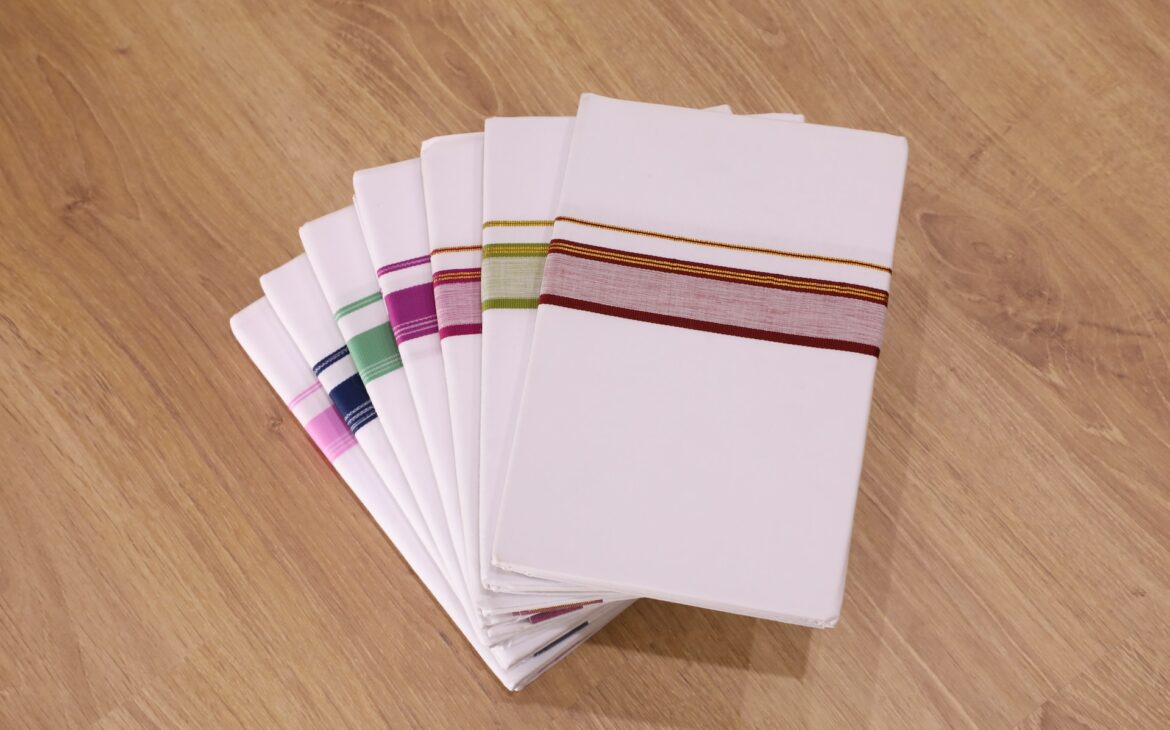
For men, the traditional attire consists of kurtas and dhotis. The kurta is a long tunic-like shirt that reaches up to the knees or below, paired with a comfortable and airy dhoti, which is a rectangular piece of cloth draped around the waist and legs. This ensemble not only reflects the practicality required for the region’s climate but also exudes a timeless appeal. The kurtas are often embellished with intricate embroidery or prints, showcasing the craftsmanship that Bihar is known for.
A Palette of Colors and Patterns
The traditional dress of Bihar is a riot of colors and patterns. The fabric used is usually cotton or silk, providing comfort while displaying a vibrant play of hues. The art of dyeing and printing is deeply rooted in the culture of Bihar, and you can find a plethora of traditional designs like Bhagalpuri silk, Madhubani prints, and Sujani embroidery. These patterns not only enhance the aesthetic value of the attire but also carry historical and cultural significance.
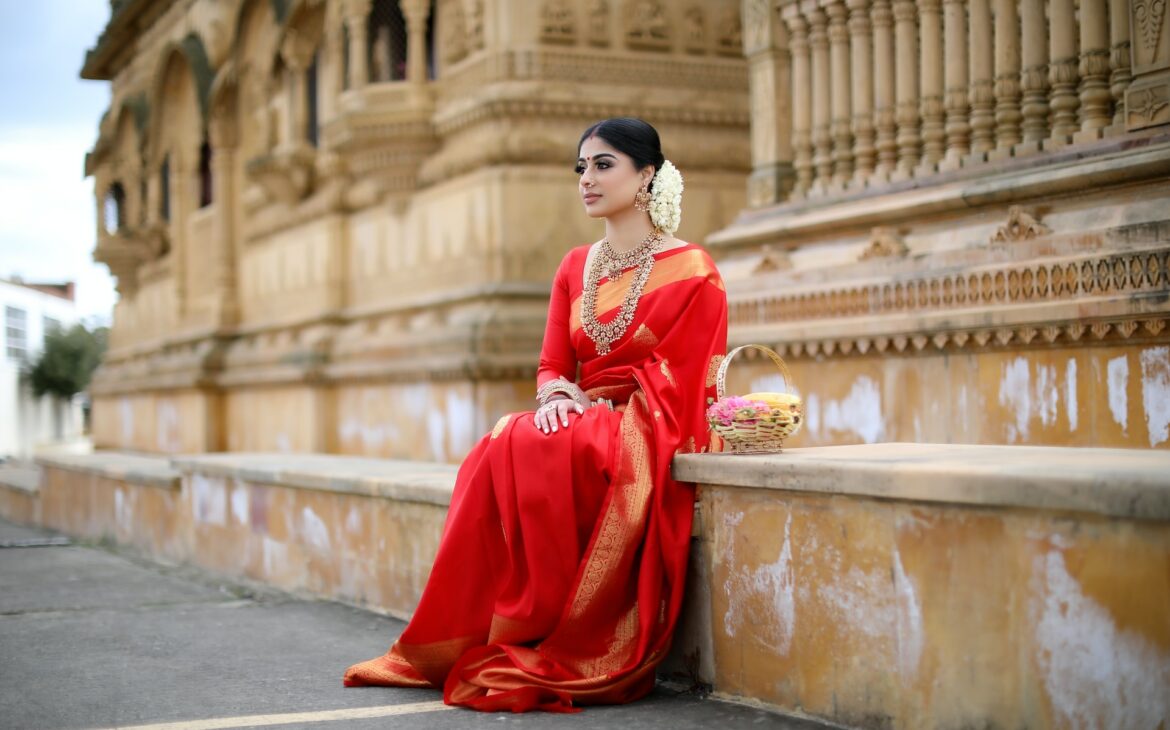
Cultural Significance and Occasions
Bihari traditional dress is not confined to everyday wear; it plays a pivotal role in various cultural and ceremonial occasions. During festivals like Chhath Puja, women don the traditional attire while offering prayers to the Sun God on the riverbanks. The men, too, wear traditional clothes while participating in rituals and processions. Weddings are another occasion where the richness of Bihari attire shines through, with brides dressed in ornate saris and grooms looking regal in embroidered kurtas and dhotis.
Preserving Heritage in Modern Times
In an era of globalization and changing fashion trends, the Bihari traditional dress continues to hold its ground. Efforts by artisans, weavers, and cultural enthusiasts have ensured the survival of these traditional clothing styles. Fashion designers are now integrating these timeless designs into contemporary clothing, creating fusion ensembles that bridge the gap between tradition and modernity. This not only promotes the rich heritage of Bihar but also provides economic sustenance to the skilled artisans.
In Conclusion
The traditional dress of Bihar is a tapestry woven with threads of culture, history, and artistic brilliance. It transcends mere clothing and stands as a symbol of identity and belonging for the people of the state. With its vivid colors, intricate patterns, and cultural significance, the Bihari traditional dress is not just a fashion statement but a living heritage that continues to thrive in the hearts and wardrobes of Biharis, embodying the spirit of a rich and diverse cultural legacy.

